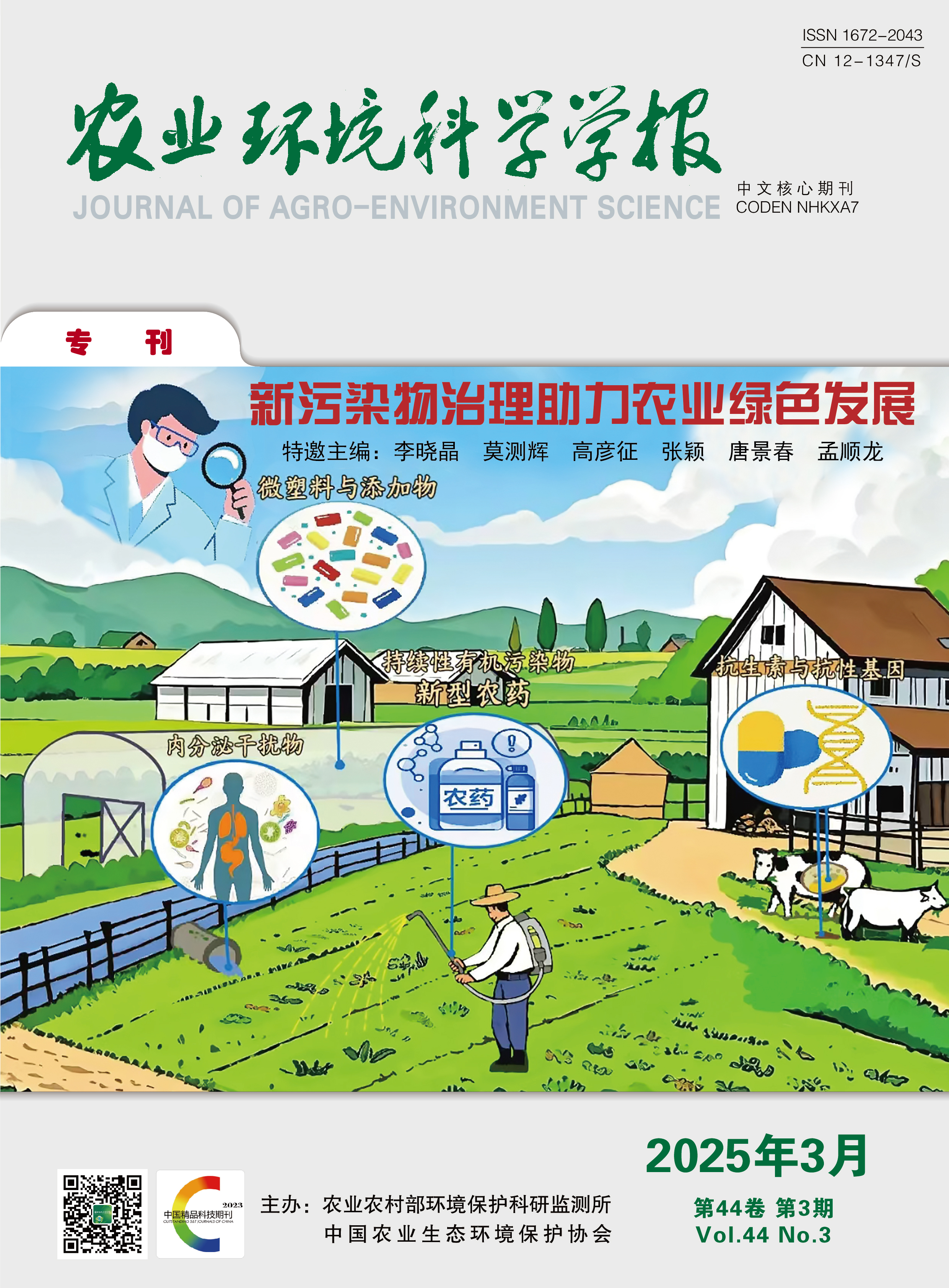太湖背角无齿蚌中多氯联苯的残留
相似文章
-
野生和养殖背角无齿蚌矿质元素和氨基酸含量的特征分析 [马明硕, 陈修报, 苏彦平, 虞锐鹏, 刘洪波, 杨健] 食品科学 2012,33 (8) 142-145
-
背角无齿蚌幼蚌不同组织的铜积累特征 [刘凯, 陈修报, 刘洪波, 姜涛, 杨健] 农业环境科学学报 2022,41 (5) 943-949
-
背角无齿蚌稚蚌形态发育与生长特性 [刘士力, 李家乐, 张根芳, 许式见, 汪桂玲, 白志毅] 上海海洋大学学报 2009,18 (3) 269-274
-
镉对背角无齿蚌鳃和肝脏氧化损伤的影响 [杨惠珍, 刘娜, 卫晓溪, 王兰] 农业环境科学学报 2017,36 (04) 651-656
-
镉对背角无齿蚌主要组织谷胱甘肽含量和相关酶活性的影响 [杨惠珍, 刘娜, 李涌泉, 卫晓溪, 王兰] 农业环境科学学报 2015,34 (01) 15-21
-
镉对背角无齿蚌鳃组织抗氧化酶活性的影响 [井维鑫, 刘娜, 王兰] 山西农业科学 2018 (5) 752-755
-
背角无齿蚌碱性磷酸酶的分离,纯化及其动力学研究 [张洪渊, 刘克武] 水生生物学报 1996,020 (1) 57-62
-
背角无齿蚌净化精养池塘水质试验 [敬小军, 闵宽洪, 姜海洲, 袁新华] 南方农业学报 2011,42 (4) 450-452
-
藻种、贝类密度和大小对背角无齿蚌和河蚬摄食率的影响 [刘其根, 张明星, 陈丽平, 贾茜茜, 孔优佳, 胡忠军] 上海海洋大学学报 2020 (3) 331-338
-
不同贝类对富营养化水体净化效果的比较 [储忝江, 郭炜, 黄辉, 戴杨鑫] 浙江农业科学 2020,61 (11) 2382-2384





